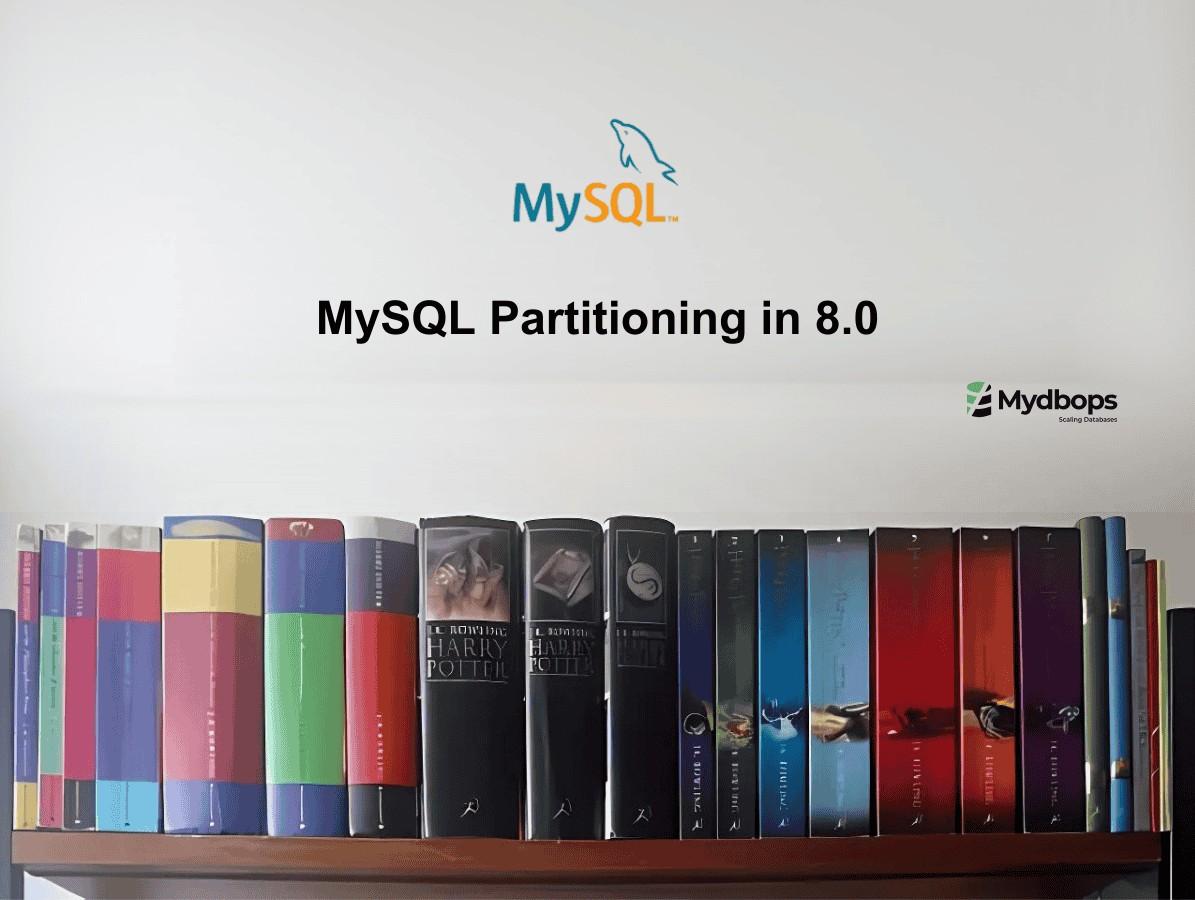Subpartitioning, also known as composite partitioning, represents an advanced database partitioning strategy that enables multiple levels of data organization for enhanced performance and manageability. For database professionals managing large-scale systems, mastering subpartitioning techniques is essential for optimizing query performance, improving data maintenance, and implementing efficient archival strategies in complex enterprise environments.
Subpartitioning extends traditional partitioning by allowing each partition to be further divided into smaller, more manageable segments based on different criteria. This two-level partitioning approach combines multiple partitioning methods (such as range, list, or hash) to create a more granular data organization structure. Common applications include managing large historical datasets where data is first partitioned by year (range) and then subpartitioned by region (list) or customer segment (hash), enabling more precise data access patterns and maintenance operations.
Database administrators often encounter challenges in designing optimal subpartitioning schemes, managing partition maintenance operations, and ensuring query performance across subpartitioned tables. Our comprehensive blog collection addresses these complexities, providing detailed guidance on subpartition strategy selection, implementation best practices, and performance optimization techniques.
